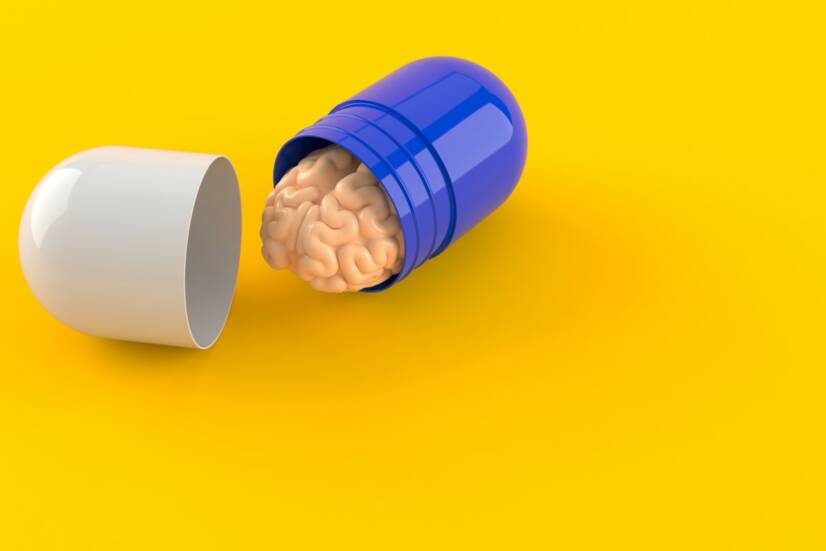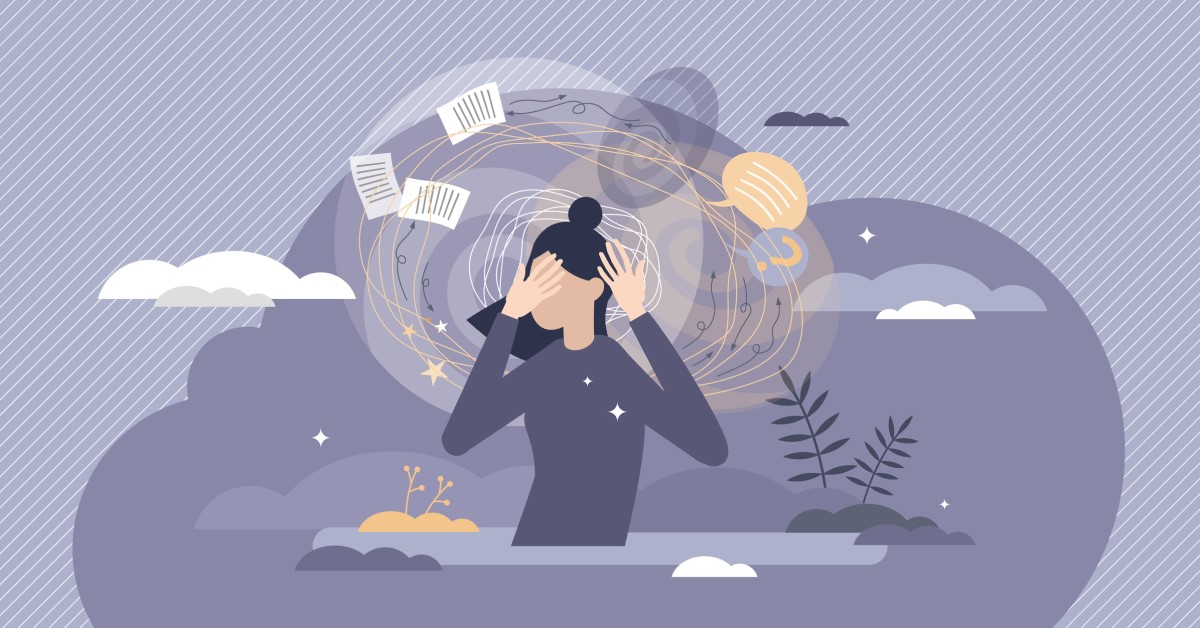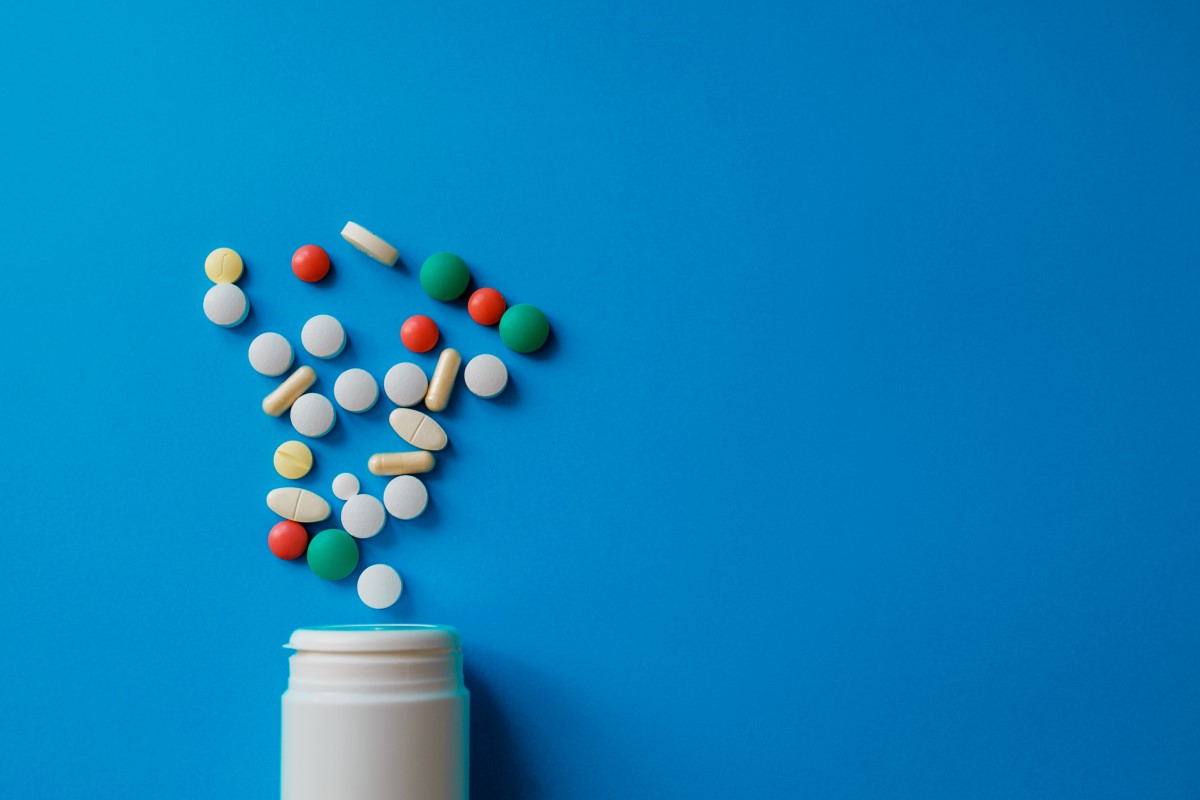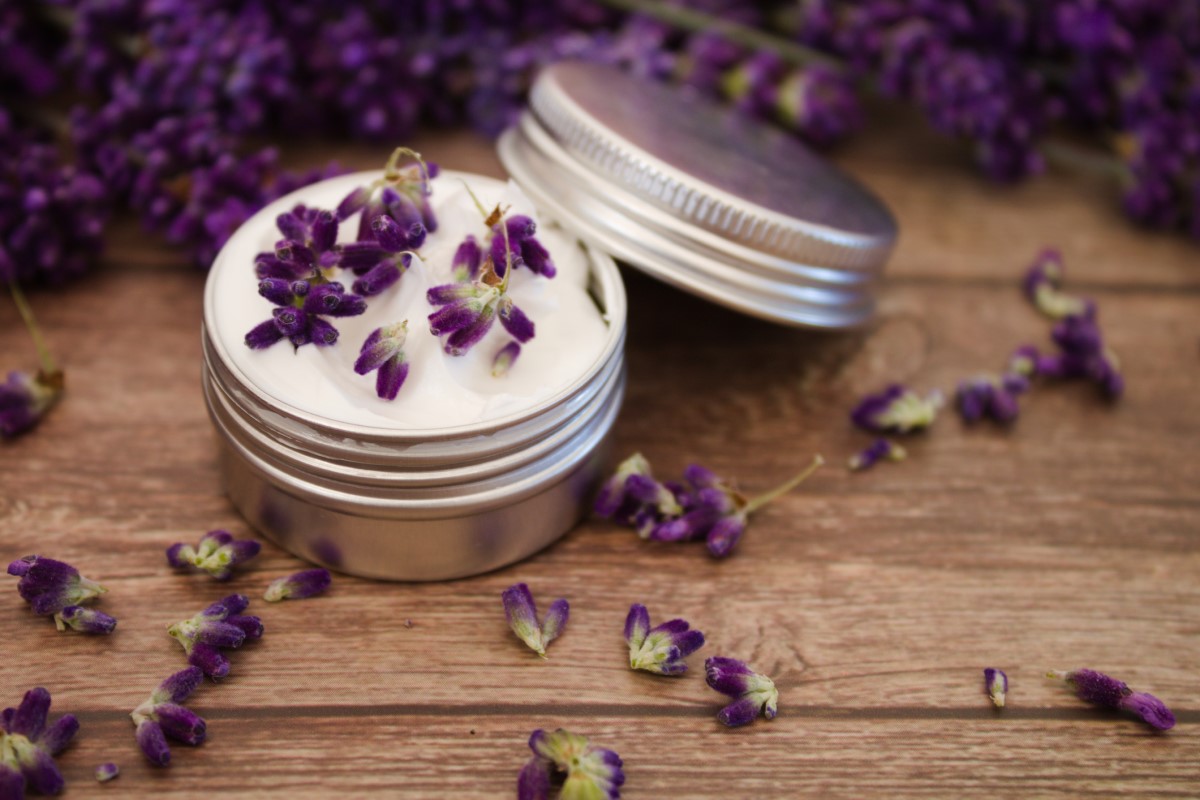- solen.sk - Headaches - Part 1, MUDr. Hedviga Jakubíková, Neurological and Algesiological Outpatient Clinic, Prešov
- solen.sk - Do CGRP monoclonal antibodies represent progress in migraine prophylaxis?, Doc. RNDr. Ingrid Tumová, CSc.Faculty of Pharmacy, Department of Pharmacology and Toxicology, Comenius University in Bratislava
- neurologiepropraxi.cz - PREVENTIVE TREATMENT OF MIGRAINE, h. doc. doc. MUDr. Vladimír Donáth, PhD.Department of Neurology, F. D. Roosevelt Hospital, Banská Bystrica
- americanmigrainefoundation.org - Botox for Migraine
- americanmigrainefoundation.org - What to Know About the New Anti CGRP Migraine Treatment Options
- healthline.com - 10 Natural Ways to Reduce Migraine Symptoms
How to treat and prevent migraine + 9 natural tips for pain relief

Migraine is one of the third most common diseases. Up to 20% of the population suffers from migraine regularly. Women suffer more often, but boys suffer more in childhood.
Article content
Migraine pain affects up to 20% of the population on a regular basis. Migraine is the third most common migraine disease in the world.
It is a chronic problem, manifested by repeated attacks of intense, unilateral, usually throbbing headaches, usually accompanied by nausea (vomiting and upset stomach), photophobia (intolerance to light) and various other neurological, gastrointestinal and vegetative symptoms.
Women are 3 times more likely to suffer from migraine than men, a proportion that increases even more after the age of 40.
Paradoxically, boys lead in the incidence of childhood migraine.
Despite its frequency, migraine is still underdiagnosed and undertreated.
Migraine is characterised not only by the frequency of attacks and their severity, but also by the significant impact on the patient's quality of life.
Many migraine sufferers have severe attacks that put them out of work for several days. These days can be more than 8 per month. This affects the socio-economic sphere of the patient and society as a whole.

Migraines belong in the hands of a neurologist
The first step to a correctly diagnosed migraine is an examination by a doctor. Based on a detailed medical history and ancillary examinations, the neurologist will determine whether the migraine is a migraine or another so-called secondary headache.
Prepare yourself for questions such as:
- your daily routine
- your work habits
- your physical activity
- the effect of stress on your daily life
- whether headaches occur after eating certain foods, e.g.
- hard cheeses
- red wine
- citrus fruits
- caffeinated drinks
The doctor will ask what medications you are taking, how many hours or days the pain lasts, whether it is aggravated by physical work, walking up stairs, changing the position of your head, harsh light, ambient noise, unpleasant smells.
Last but not least, your condition before the headache started is important.
Various visual manifestations may appear, such as flashing lights, flashing dots in front of the eyes, rainbow streaks and others.
Tingling and tingling around the mouth and limbs, difficulty speaking, such as a wooden tongue, drowsiness, frequent yawning, gobbling especially sweet foods, depression and general restlessness are also common.
Symptoms that appear 5 to 60 minutes before the actual onset of pain are called aura.
This occurs in approximately one-fifth of patients.
Aura = precursor to a migraine attack = headache is preceded by some neurological problem.
Because there are too many questions, it is best to keep careful records of the symptoms and write them down in a migraine diary.
Often people do not remember the exact number of migraine attacks per month, whether they have taken medication or whether the pain has resolved spontaneously. A migraine diary can greatly facilitate the overall diagnosis of migraine. It will facilitate the prescription of appropriate treatment or the indication of prophylactic or preventive treatment, which should reduce the number of migraine days per month.
The basis of migraine prevention is regimen measures and avoidance of provoking and triggering factors.
Each individual responds differently. Therefore, your trigger factors are likely to be different from those of your friend or neighbor.
That's why it's important to keep a detailed diary. You'll find that your migraine gets worse if, for example, you eat two bananas for snack, have a plate of hard cheese for dinner, or drink too much ristretto on a hard day at work.

Check out these common triggers for migraine attacks
The most common trigger factors include:
- Lack of sleep
- Excessive heat and humidity in the environment
- certain types of food, such as:
- Chocolate
- hard cheeses (due to tyramine content)
- alcoholic beverages
- citrus fruits
- nuts
- Excessive caffeine intake, but also sudden caffeine withdrawal
- certain medications, e.g.:
- contraceptives
- excessive use of analgesics (painkillers)
- light street drugs
- intense sensory stimuli, such as:
- sharp blinding light
- Flashing light, e.g. lights at a concert or disco
- associated with excessive noise
- intense odours, such as cigarette smoke
- prolonged exposure to cold
Migraine treatment is not just about a pill
Pharmacotherapy for migraine is divided into two basic groups.
1. Treatment of acute migraine attacks (abortive)
The goal is to stop or at least relieve the pain and overall symptoms of the attack.
It is administered during the course of the attack, either during the aura or after the onset of pain. For milder attacks, treatment can be initiated with simple analgesics, e.g. paracetamol, anticonvulsant analgesics, a combination of a simple analgesic and an antiemetic to control nausea and vomiting.
Usually ibuprofen, diclofenac, nimesulid, naproxen or indomethacin are used.
The disadvantage is their gastrointestinal side effects.
The most effective for the treatment of migraine attack are triptans.
The effect of triptans is based on their action on the trigeminovascular system.
Several types are used, such as sumatriptan, eletriptan, zolmitriptan, rizatriptan and others. They differ in the speed of onset of action and slight differences in the incidence of side effects.
Triptans are recommended to be taken as soon as possible after the onset of a migraine. They have a better and faster effect. Patients are often bedridden due to the intensity of their symptoms. Triptans allow them to return to their daily duties and work more quickly.

2. Prophylactic (preventive) treatment
It is indicated in the following cases:
- Migraine attacks occur more often than two to three times a month.
- They are very severe and limit the patient in his/her normal daily activities.
- The attack lasts more than 48 hours.
- Incidence of migraine complications (hemiplegic migraine, basilar migraine or migraine infarction).
- Lack of effect of long-term acute treatment.
- Inability to initiate acute treatment or occurrence of side effects.
- Patient's own request for preventive treatment (if comorbidities allow).
The aim of preventive treatment is to reduce the number, duration and severity of migraine attacks by at least 50%.
Medicines that have high efficacy and minimal side effects
Beta-blockers - Their effect on relieving migraine symptoms is not fully understood. There are multiple pathways and receptors by which they affect pain and autonomic symptoms.
Amitriptyline belongs to the group of tricyclic antidepressants. Its prophylactic effect occurs before the antidepressant effect. It is also used to relieve other types of chronic pain.
Valproate is an anticonvulsant with a very good effect.
Calcium channel blockers (verapamil, diltiazem, nimodipine) and serotonin antagonists (methysergide, cyproheptadiene) are also used.
The administration of prophylactic treatment is long-term and lasts at least 6-12 months.
Women who suffer from premenstrual migraine and have a regular cycle are able to estimate the occurrence of migraine. They can thus take short-term prophylaxis. In practice, they take the pills only when necessary. They are thus not unnecessarily exposed to the drug and potentially adverse effects for a long time.
New modern treatments
Botulinum toxin (type A)
Botulinum toxin is known in layman's terms as sausage poison. In medicine, it is used not only in the aesthetic sphere to reduce wrinkles. It is used in many medical indications. One of these is frequent migraine attacks.
In this case, botulinum toxin is symmetrically injected with a thin needle into 7 key areas in the scalp and neck. Specifically, these are the glabellar, frontal and temporal muscles, i.e. the ear, temples and back of the head.
The session lasts approximately 20 minutes, during which time 31 punctures are usually made.
Botox enters the nerve endings in the area where it is injected. It blocks the entry of chemicals involved in pain transmission. The doctor can inject higher doses into these muscles than into the facial area because these muscles are not used for facial expression.
The effect, as with wrinkle reduction, is unfortunately not long lasting. One treatment lasts 10 to 12 weeks, with a maximum of 6 months. Sometimes it is necessary to repeat the treatment in regular 2-3 cycles to get a noticeable effect.
After this treatment, you can look forward to a reduction in the frequency and intensity of migraine attacks by up to 50%.
Although the application of Botox for migraine is an officially approved preventive treatment in the USA and Europe, health insurance companies usually do not cover such a procedure. It is suitable for all patients with chronic attacks of severe migraine who have reached the age of 18.
During Botox treatment, you may take commonly available analgesics and other pain medications recommended by your doctor.
State-of-the-art biological treatment for migraine
In 2018, a groundbreaking innovation for the migraine community came to light.
Both the U.S. Food and Drug Administration (FDA) and the European Medicines Agency (EMA) approved the first unique migraine treatment with a monoclonal antibody for the preventive treatment of episodic and chronic migraine.
The treatment is suitable for adult patients who have at least 4 migraine days per month.
This type of treatment targets the CGRP-protein that is the underlying cause of migraine.
This is the biggest innovation in migraine treatment and prevention in decades.
Three products have been approved so far: erenumab, fremanezumab and galcanezumab (not yet available in clinical practice). A fourth product, eptinezumab, is in the process of FDA approval. It is a peptide monoclonal antibody against the calcitonin gene (CGRP) or the CGRP receptor.
Want to learn more about this biologic drug? Read the article:
Biologics bring innovative treatments even where conventional treatments have failed
What is CGRP?
CGRP is a neuropeptide (a small molecule of bound amino acids) that is released from nerve endings around blood vessels near the Vth cranial nerve (trigeminal nerve). This peptide causes stretching of the brain's blood vessels and meninges, activates inflammatory cells, and is also involved in pain transmission.
These biologic migraine drugs target either this peptide or its receptors. Antibodies directed against CGRP bind to it, preventing its activity and function in pain transmission and sterile inflammation in the migraine process.
Biologics targeting the receptor for the CGRP peptide act differently. The receptor acts like a keyhole into which only one key (the peptide) fits. It "unlocks" all the symptoms.
A monoclonal antibody can be thought of as another key that fits into and occupies the keyhole or receptor, but it does not have the ability to unlock unwanted pain symptoms. Because the treatment is targeted to one specific protein or one specific receptor, it is very precise and targeted.
Because of this high specificity, a low incidence of side effects is expected. This is a huge advantage with long-term use.
Most patients who respond to the treatment experience a significant clinical benefit within about one month. This indicates the high speed of the preventive effect.
Other preventive drugs usually take more than three months to reach an effective dose.
All drugs are administered subcutaneously, i.e. with a fine needle under the skin (similar to insulin or fraxiparin), in the home environment at intervals that vary according to the type of active substance.
The most commonly observed side effects include injection site reactions such as redness, local inflammation, skin changes, as well as constipation, in some cases more severe, muscle cramps and itching.
However, it should be remembered that CGRP and its receptor are also present in other nerves and organs of the human body where they are involved in physiological processes. Blockade of CGRP may theoretically pose a risk, especially in patients with cardiovascular disease. Moreover, it is a relatively new drug and the long-term effects of blockade are not yet known.
9 tips to help relieve discomfort without "chemo"
If you are one of the migraineurs who still reach for a pill as a last resort, here are some tips. They will help you ease the heaviness without the "chemo".

1. The right diet for migraineurs
There are certain types of foods that, due to their content of certain chemical compounds, can trigger or aggravate a migraine attack.
Therefore, try to avoid these foods, at least for a short time. You may find success.
Example of risky foods:
- foods containing nitrates, such as sausages, bacon and sausages
- chocolate
- Cheese containing naturally occurring tyramine compounds, such as blue cheese, feta, cheddar, Parmesan and Swiss cheese
- alcohol, especially red wine
- foods containing monosodium
- monosodium glutamate (MSG), a flavour enhancer
- foods that are very cold, such as ice, ice cream or iced drinks
- beans
- dried fruit
- acidic dairy products such as buttermilk, sour cream and yoghurt
2. Inhalation and massage with lavender oil
A well-known migraine trigger is stress and inner restlessness.
Massaging the temples and stiff neck will bring relief to sore muscles.
In a quiet, dark room, try inhaling it directly or from a diffuser.
Massage it gently into the temples in circular motions.
3. Acupressure
Acupressure uses blunt pressure on certain points on the body. Be careful, this is not acupuncture.
It does not break the skin covering with a needle, so it is not an invasive method.
Acupressure for migraine focuses on the area of the imaginary triangle between the thumb and index finger. At the tip of this triangle is a point that is painful with even slight pressure. Massage this point in slow circular movements, alternating the palms of both hands.
4. Herbs
If you have a stack of herbal tea boxes at home, try these types:
- soothing chamomile
- refreshing mint
- pain-relieving yarrow
Add honey to the infusion or decoction.
5. Peppermint oil
Inhaling peppermint oil, rubbing the temples and cell area can relieve pain, the perception of unpleasant odors and helps get rid of the feeling of nausea as well.
6. Ginger
Ginger root, tea, tablets or dried ginger. Its use relieves nausea not only during a migraine, but also when at sea or after a sleepless night.
7. Light exercise
Incorporating light exercise such as yoga, pilates or exercise with a physiotherapist will help with proper breathing, relaxing the neck muscles and relaxing the mind.
8. Increased dietary magnesium intake
Try including these goodies in your diet:
- Almonds
- sesame seeds
- sunflower seeds
- steamed nuts
- cashew nuts
- peanut butter
- oat rolls
- eggs
- milk
9. Regular massages
A professional massage can loosen stiff trapezius and back muscles that may be stiff after repeated migraines or are the cause of the pain itself.
Interesting resources
Related










